
Chances are, if you’ve tried to buy seeds online this year, you’ve been met with a landing page saying you’ll have to come back later or that variety after variety is marked as out of stock.
I experienced this when trying to place an order from Baker Seeds for over a week.
During my first attempt, nearly all of the varieties I wanted were out of stock. When I came back a day later to choose different varieties, I was greeted with a message saying the entire site was down while they caught up on orders. When I finally returned at the specified re-opening date, all the original seed varieties I wanted were in stock, but now everything came with the warning that it might take 30 days for my order to reach me.
It’s not what any gardener wants to hear when you need to start seedlings in the next week.
What’s going on, is there really a seed shortage?
As with so many other shortages in the past year, it all comes back to covid-19.
When the call came out last spring for everyone to hunker down and stay home, many people suddenly found themselves with a lot of extra time on their hands. We no longer had long commutes to and from work, or worse, for many – no job at all.
And then, we all watched as overnight, staples we were used to seeing on the grocery store shelves dried up. Flour was limited to one bag per person, and yeast was a treasure if you could find it. I remember getting messages in my Facebook feed, “This local grocery store has Lysol wipes, quick!” (We won’t even talk about toilet paper; some things are best left in 2020.)
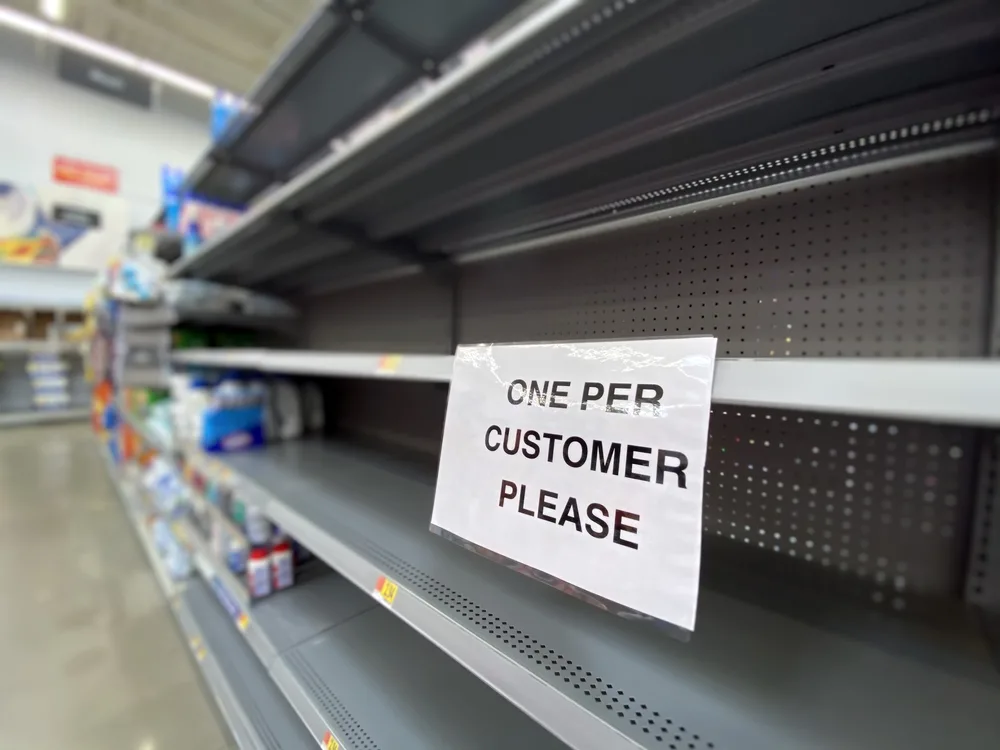
And just like that, a new generation of gardeners was born.
With time to kill and more and more items becoming hard to come by, many folks turned back to the idea of making and growing their own food.
Even in the spring of 2020, seed suppliers were feeling the squeeze from so many new gardeners.
With that in mind, seed companies turned their eye toward spring 2021 and began to plan for an even bigger year.
Now here we are, late winter, gearing up for our second growing season amidst the covid-19 pandemic. Seed suppliers are finding that even with their plans for a busier season, they’re hard-pressed to keep up with the legions of gardeners, new and old, looking to purchase seeds.
Baker Creek reported that its online sales were already five times higher than last year. (Jodi Helmer, Modern Farmer, January 2021)
Is there a seed shortage?
Not really; at least not yet.
As Johnny’s says on their website, “In any given year, we experience seed shortages and seed crop failures, limiting the availability of some varieties.” They go on to say that they don’t expect any shortages beyond these usual issues.
Why Am I Having Such a Hard Time Ordering Seeds?
Packing
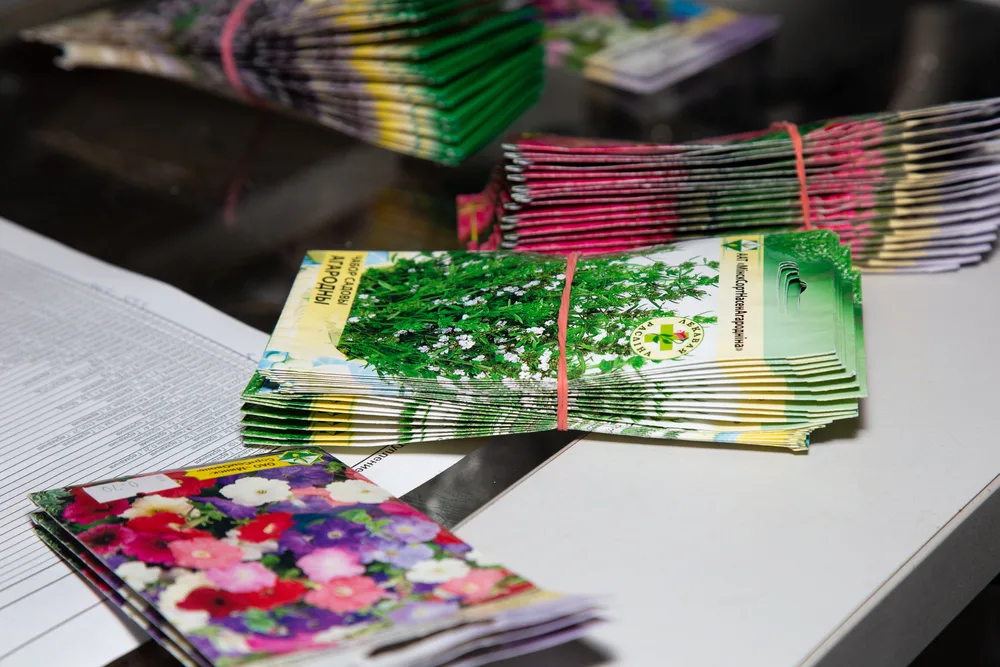
Generally, when you placed an order for seeds in the past, they were ready to go, packed in their tidy little paper envelopes before the start of the season. But because of the overwhelming demand for seeds, those packets flew off the shelves. Most seed companies are finding they have to pack more seed to meet these demands. And then pack more seed again. And pack more seed. You get the idea.
Baker Creek Seeds, located in Mansfield, MO, has a restaurant on their farm. Since last spring, the farm has been closed to the public, and they’re currently using the restaurant as a space to pack and fill seed orders. This ‘Postcard from Baker Creek’ offers a glimpse into how things have changed over the past year.
Even though there may be plenty of seed, most of it is in bulk and needs to be packaged for the home gardener before being shipped.
Hudson Valley Seed Co is only selling what they have packed, which means many of their varieties will show up as being out of stock online while they pack more. They suggest checking the site every couple of days and signing up to be notified when a certain variety is back in stock. Many other seed suppliers are suggesting the same.
Johnny’s Seeds has decided to honor commercial orders before home gardeners in an effort to support the farmers who feed our communities first.
Many seed suppliers have resorted to hand-packing because their machines can’t keep up with the demand, which leads us to our next issue.
Staffing
Like every business operating right now, seed suppliers take precautions for their employees’ and customers’ safety and health. Working during the time of covid often means fewer staff on the premises because of precautions or people getting sick.
While it might be easier to socially distance in a warehouse full of seeds, it’s tougher to do in a small office setting where all of those orders are processed or at a smaller facility in general. Baker Creek has even posted a message on their website saying they aren’t answering the phones right now, as they turn their full attention to processing orders.

And if you suddenly find yourself in need of more employees to help handle this gardening boom, remember that it takes time to hire and train new employees.
Shipping
If you ordered anything online this past holiday season, you already know what a mess shipping is right now. There are several factors currently creating these delays.
The USPS, UPS, FedEx, and other carriers are understaffed due to COVID-19.
There have been several winter storms that have significantly impacted shipping.
And finally, consumer ordering online is up overall, again, due to the pandemic – folks are choosing to stay home rather than shop in person.
All of this leads to shipping delays once your order finally leaves the seed supplier.
How Do I Get Seeds in 2021?
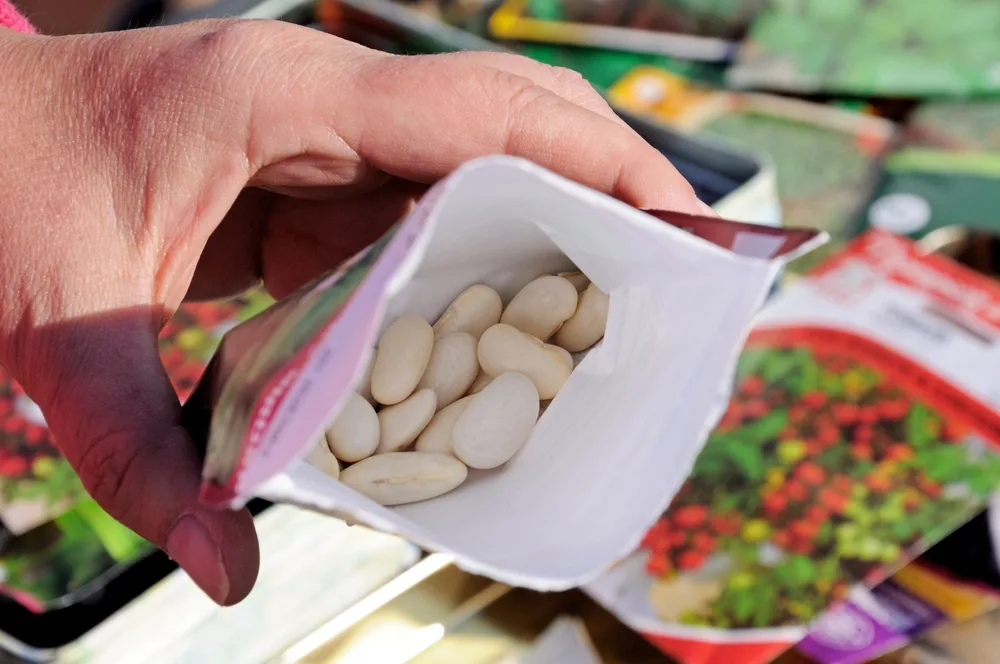
First and foremost, be patient. Everyone involved is doing the best they can, and in many cases, are going above and beyond.
We’ve got some tips on the best ways to get the seeds you need this year.
Plan Before You Purchase
It’s best for everyone and will prevent a seed shortage if you only purchase what you need. To do that, you need to know what you’re going to be growing. Take the time to plan out your garden before you place your order. But do so quickly.
Share Your Seeds and Seedlings
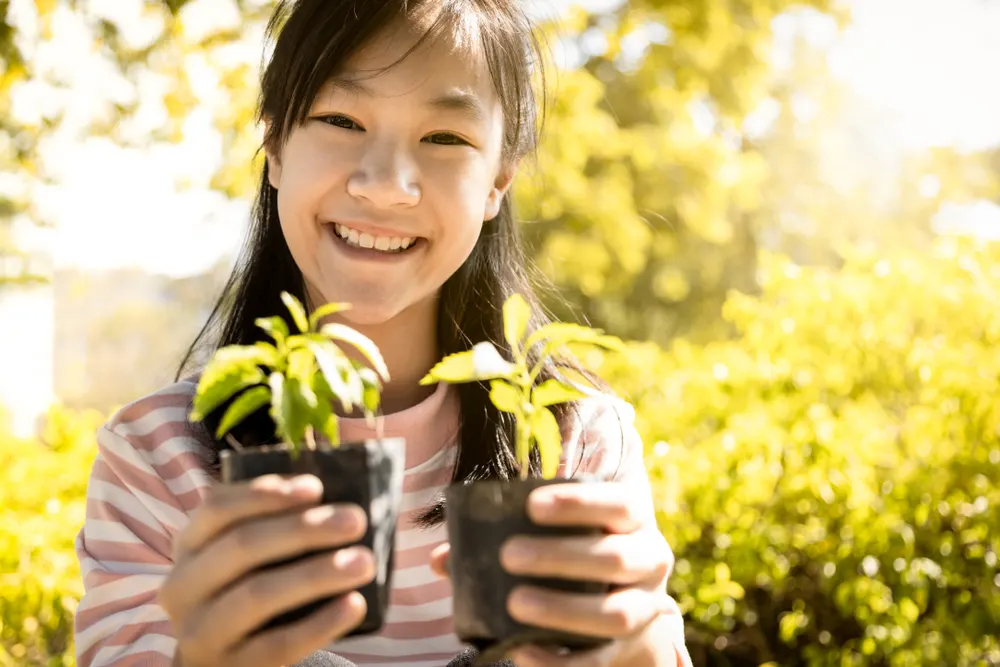
While you can easily plant an entire packet of bean seeds in your garden, you’re less likely to go through a whole packet of tomato seeds. Consider offering up some of your extra seeds on a seed swapping site or bartering to trade for seeds or seedlings that you may need.
Join or Start a Local Seed Swap
Local seed swap groups are popping up all over Facebook, and there’s never been a better time to join. Joining one of these groups is a great way to source seeds if you’ve exhausted all of your other options or if you want to share extra seeds in your community.
To Prevent a Seed Shortage, Buy Only What You Need
As most seed suppliers have noted, we don’t have a seed shortage yet. But the increased demand can make it seem that way, which can lead to hoarding. Then we will have a seed shortage.
Only purchase what you need and can use during that particular seed’s viability life. Remember, you are purchasing a perishable product with a shelf-life. While many seeds can last for years, some are only good for about a year, such as onions.
Purchase Seeds Locally
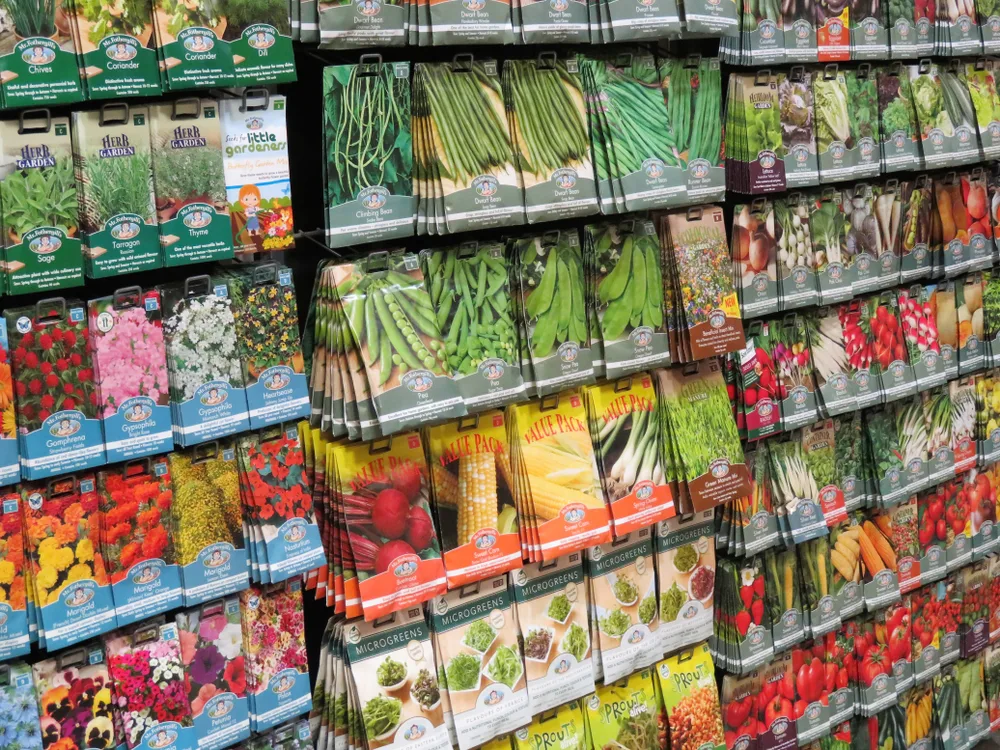
Many of the same seed suppliers you are trying to purchase from already sent out thousands of packets weeks ago to hardware stores, grocery stores, gardening centers, etc.
Once you’ve made your list of seeds needed for this year, do your best to purchase as many as you can locally. Save your online orders for harder to find varieties, which may have a higher chance of being in stock anyway.
You’ll end up with seeds in your hands instead of waiting on the mail, and you’ll be supporting local businesses during these tough times.
Buy Seeds With Friends or a Local Group
When you’re trying to purchase seeds online, you may notice that only the smallest quantity packets are out of stock. That’s because most seed suppliers have plenty of seed in bulk; it’s just not packaged for the home gardener. Consider buying in bulk or wholesale with a group of friends.
Try a Different Variety
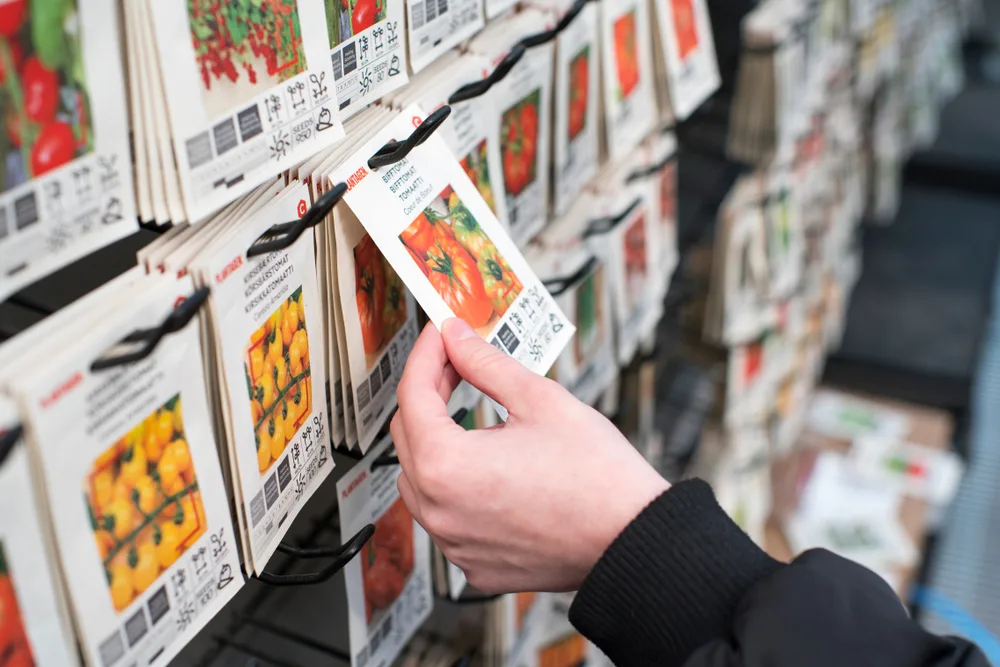
I know what it’s like to have your heart set on growing a particular variety of vegetable, only to find it’s out of stock on every seed site you’ve visited. Take a moment to be disappointed, and then regroup and start looking at some of the other varieties that are available.
You never know, 2021 might be the year you find your new favorite tomato variety because you were forced to try something new.
Consider Growing a Multipurpose Variety
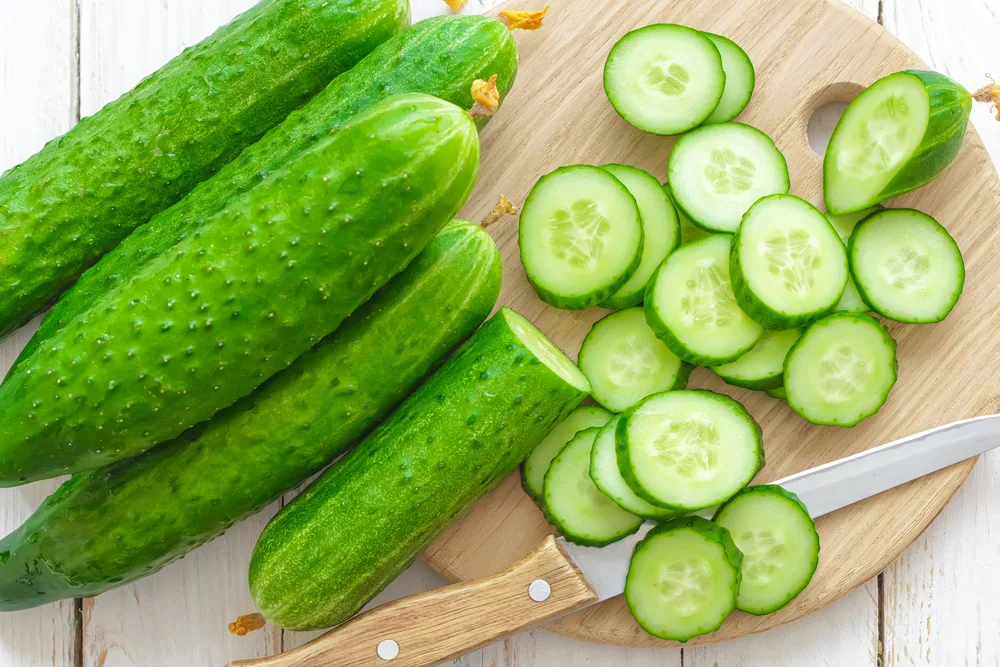
Choose a tomato variety that’s good as both a sauce tomato and sliced up for fresh tomato sandwiches. Grow cucumbers that do double duty as a pickling cuke and a good snacker. By choosing to grow one variety that serves several purposes in the kitchen, you’ll be saving seeds for others.
What About Next Year
Store Your Seeds Properly
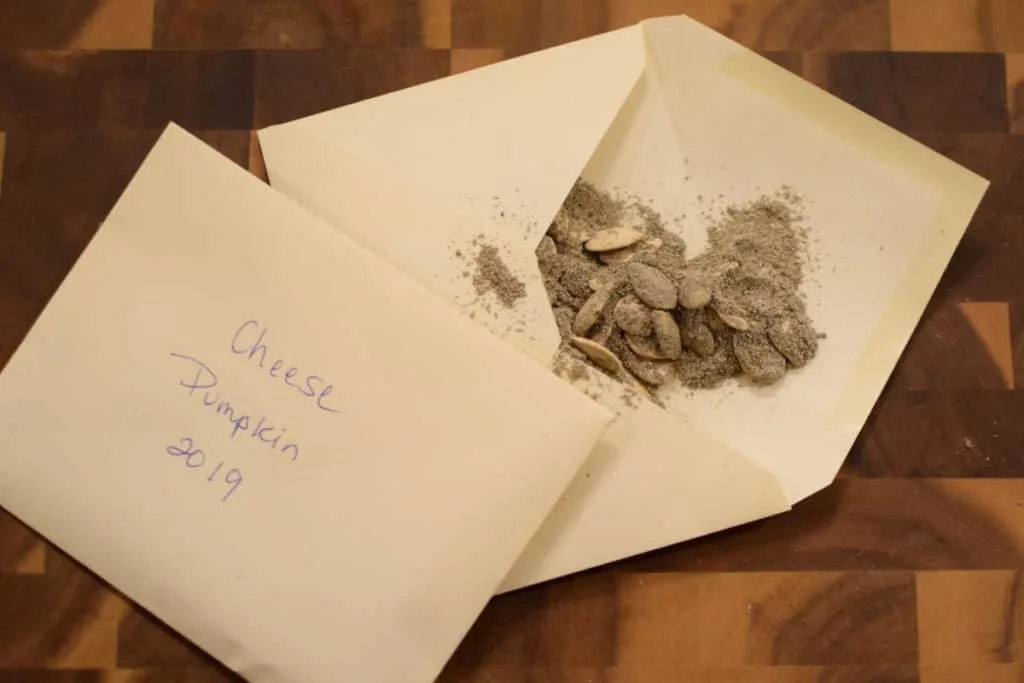
Other than a few vegetables, most seeds are viable for several years. When you’re done sowing your seeds, be sure to store the remaining seeds in a cool, dark, and dry place so you can use them next year.
Learn to Save Seeds
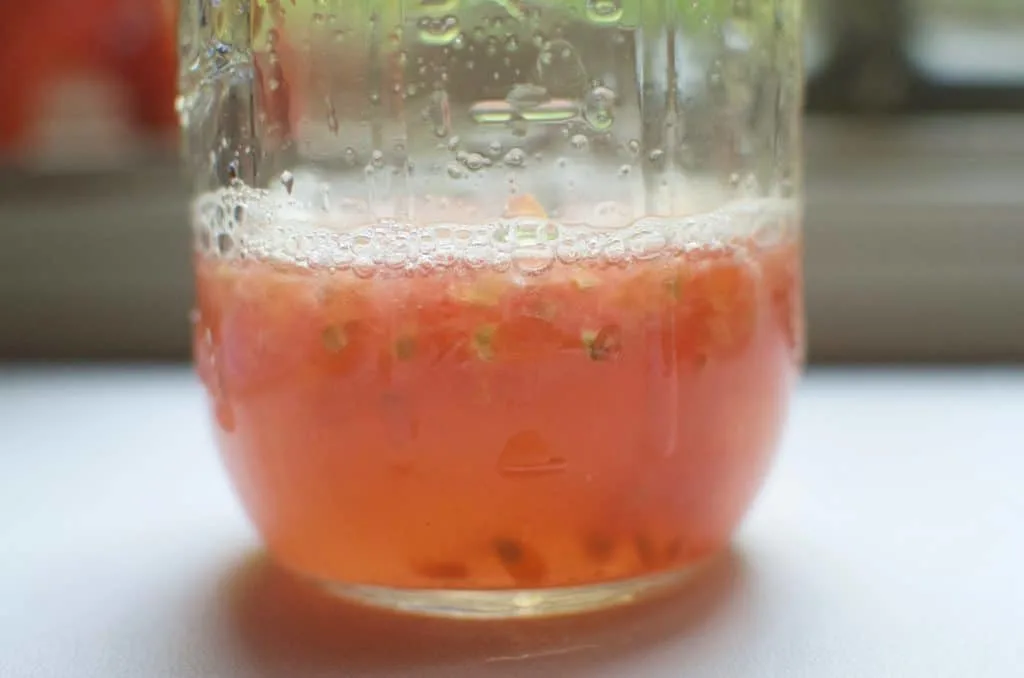
Many gardeners have been saving their own seeds to grow for years. Maybe this will be the year that you hop on the bandwagon. Saving seeds from your produce isn’t hard to do. Here are a few posts to get you started.
The Secret to Successfully Saving Tomato Seeds For Next Year
Pumpkin Seeds – How to Save and How to Toast Them
How to Save Zucchini Seeds – 500 Seeds Per Zucchini
Expanding Horizons
Some seed suppliers are already talking about expanding their facilities and production to meet all these new gardeners’ needs. Kathy McFarland of Baker Creek Seeds said in an interview with NPR that they were in the process of planning a larger, 50,000 square foot facility. But with this year’s seed orders, they have already decided to change these plans to an even larger facility. (Dana Cronin, Morning Edition, NPR News, February, 2021)
Move over Victory Gardeners; it looks like the Pandemic Gardeners are here to stay. And that’s a good thing.

Get the famous Rural Sprout newsletter delivered to your inbox.
Including Sunday musings from our editor, Tracey, as well as “What’s Up Wednesday” our roundup of what’s in season and new article updates and alerts.

